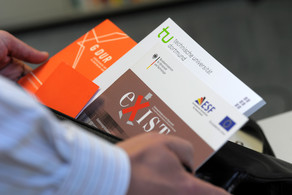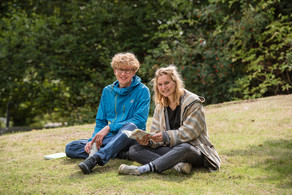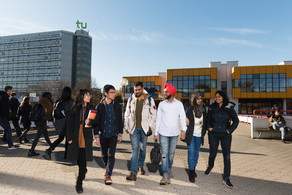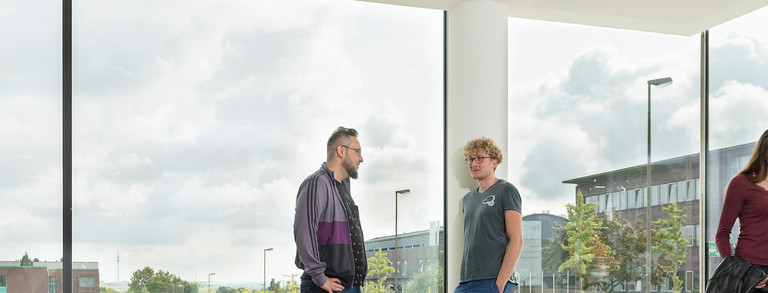Digital Avatar for Dedê, Dortmund Football Legend
- Football
- Top News
- Campus & Culture
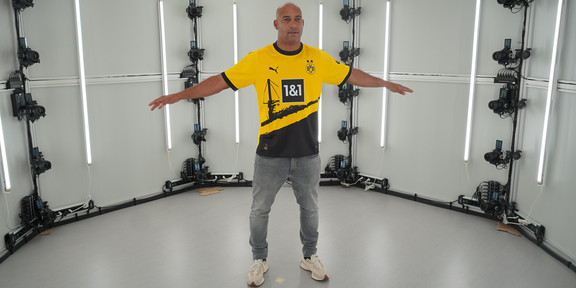
Wearing a black and yellow jersey with the number 17 on it (his old number), Dedê, 45, takes up position in the HyLeC body scanner: A brightly lit white booth with 60 high-resolution cameras installed all around the walls and even on the ceiling. Stephan Wenninger, who works at the Chair of Computer Graphics, gives him the final instructions: “Please spread your arms out, keep a neutral face and your mouth closed, don’t smile or pull a face – then we’re all set!” Wenninger leaves the booth and closes the door behind him. With one click, all 60 cameras take a picture of Dedê at the same time.
The data are fed directly into the computer outside the booth, where the process can be followed live on the screen: A gray model of an average male body gradually acquires contours, colors and details. “Creating avatars used to take several days and demanded a lot of manual work,” says Professor Mario Botsch, who holds the Chair of Computer Graphics at the Department of Computer Science. “Thanks to our process and with the help of AI, it now takes only a few minutes and is fully automatic.”
From video games to medical therapy
Botsch is Professor of Computer Graphics and Geometry Processing and develops new methods for creating avatars – including by smartphones. Avatars have attracted a lot of attention in recent years, for example through the video game “Cyberpunk 2077”, which features an avatar of Hollywood actor Keanu Reeves. They are, however, more than just a gimmick: In ViTraS and VIA-VR, two collaborative projects with JMU (Julius-Maximilians-Universität Würzburg), funded by the Federal Ministry of Education and Research and in which Professor Botsch is involved, they are used for medical therapies based on virtual reality (VR). For example, in the ViTraS project, which is dealing with obesity, researchers create avatars of overweight people. The patients can then move around in front of a virtual mirror, as it were, and see how a simulated change in their weight would affect them.
Dedê’s avatar is soon finished. Anyone interested in seeing the digital footballer can do so at the BVB’s museum, the BORUSSEUM, until October. A special exhibition is currently on display there to commemorate the 50th anniversary of the BVB stadium, where Dedê’s avatar is used as an example of augmented reality. Students and staff of TU Dortmund University can also have their own avatars created in the HyLeC body scanner. The data from their scans can contribute to improving the data-driven AI models and widening the range of applications.



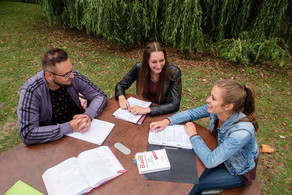
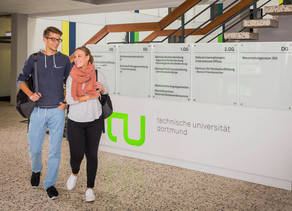
![[Translate to English:] Partner Four hands are holding the green logo of TU Dortmund University](/storages/tu_website/_processed_/1/d/csm_Partner_Nicole_Rechmann_KW_670eba0154.jpg)

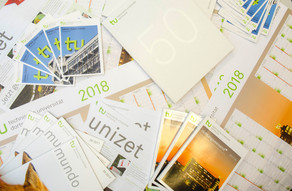

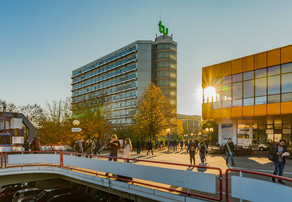
![[Translate to English:] Forschung An apparatus with tubes in a laboratory](/storages/tu_website/_processed_/0/c/csm_Forschung_Juergen_Huhn_4fa3153b51.jpg)
![[Translate to English:] Studium Five students are sitting in a lecture hall. They are talking to each other.](/storages/tu_website/_processed_/c/9/csm_Studium_FelixSchmale_dbdbfb0dd7.jpg)
